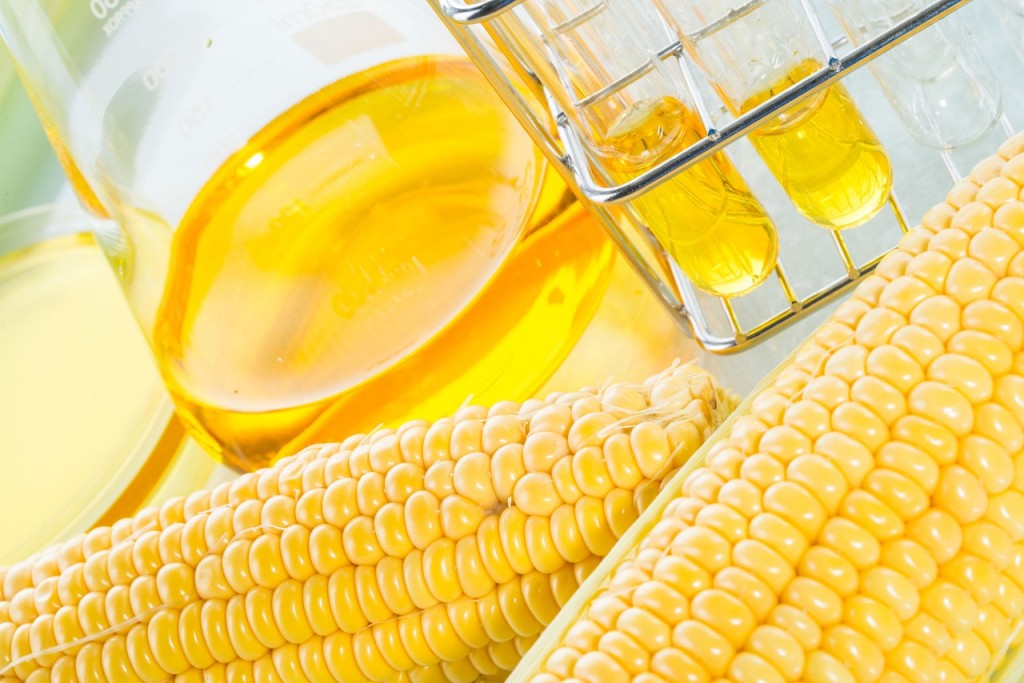In the 1970’s, food manufacturers started to use a new kind of sweetener. High fructose corn syrup (HFCS) is only slightly sweeter than sugar, but has longer shelf life and cheaper. There are different variants of, HFCS 90, HFCS 55 and HFCS 42, which indicates the ratio of fructose compared to glucose. HFCS is made from corn and originally 100 percent glucose. Some enzymes are added and a percentage of glucose is converted into fructose. Sucrose or regular sugar is also consisted of fructose and glucose. However, the bonds that connect both components are different between regular sugar and HFCS. We should be aware that HFCS is not the same with corn syrup. HFCS has become a common item in the food industry. In fact, beekeepers have used HFCS to feed honeybees, instead of using standard sucrose. In reality, HFCS is actually toxic to small insects at higher temperatures. Many people have questioned whether HFCS is safe to be used in our foods. Compared to regular sugar, it appears that HFCS will end up converted into free fatty acids, triglycerides and a very damaging form of cholesterol, called VLDL.
Fatty acid is created when fructose is metabolized in our body. They become fat droplets in our skeletal muscle tissues and liver, causing higher risk of fatty liver disease and insulin resistance. HFCS causes higher level of triglycerides and glycerol in our body, which cause us to store more fat in our body. Glucose doesn’t cause something similar in our body. When our body becomes progressively more resistant to insulin, we will have higher risk of suffering from Type 2 Diabetes. When fructose is metabolized, toxins and waste products are created, including higher level of uric acid. This could result in gout and higher blood pressure. When we eat 120 calories of sucrose from regular sugar, only one calorie is stored of fat, but if we get the same amount of calories from fructose, about 40 calories are stored as fat. Also, if get fructose, the appetite-suppressing hormone, leptin, isn’t stimulated and we will feel hungry faster, causing us to eat more. Another problem is that the corn crop used to make HFCS is probably genetically modified, elevating more risks to our body.
Fructose is also used in crystalline form and it is essentially an extra strong form of fructose. Unfortunately, it may contain some amount of lead, arsenic and other heavy metals, which are not good for our body. Based on a study, some HFCS samples have been discovered to contain more mercury than allowed by the regulation. At the moment, the best choice of sweetening additive is stevia and it’s made from a type of herb. Stevia is currently sold as Truvia. Other relatively safe sweeteners are organic raw honey and organic regular cane sugar. However, we should avoid any food product that contains agave syrup, because it’s consisted mostly of fructose. The healthiest drinks are plain water and fresh fruit juice, so choose any of them if it’s possible.
